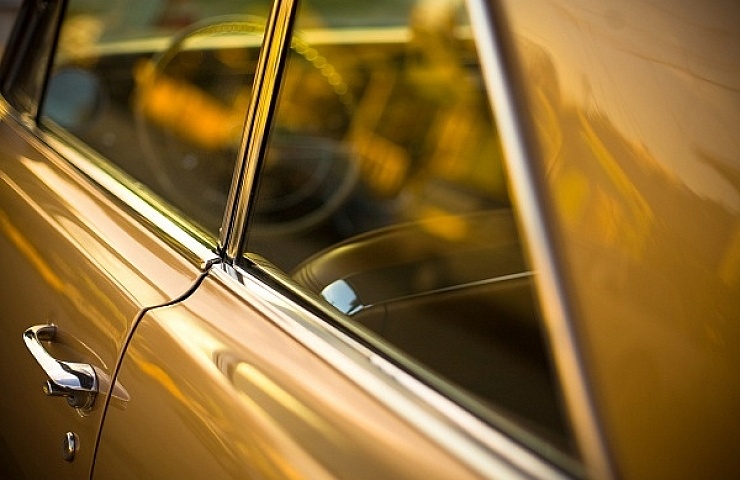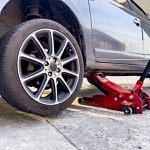Nothing ruins a beautiful day like a sudden downpour that soaks the interior of a treasured older vehicle. A damp car or a dreaded puddle in the trunk is particularly unfortunate because anyone with a little perseverance and patience—and the right products—can easily replace a car’s weather stripping. Why wait for the fateful rainy day?
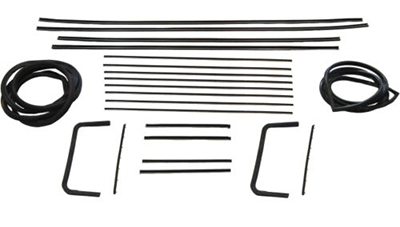
Weather stripping kit
eBay is full of listings from top merchants that provide weather stripping kits specifically designed for your vehicle. Here’s the most important advice we can provide: Quality matters. Stick with trusted vendors and proven products that come up with a warranty, like these guys:
Metro Moulded Parts has been in the restoration rubber parts business since the early 1960s. Its roots run back to 1918, when the company started out as the Hutchinson Rubber Company in Hutchinson, Minn. Metro kits use a soft sponge rubber. They are made in the US and come with a 15-year replacement policy.
Steele Rubber Products, based in Denver, N.C., specializes in domestic vehicles. It has also been producing high-quality weather strip and rubber parts since the 1960s. “Make sure you have the exact vehicle information before you place your order,” said Matt Agosta, president of Steele Rubber Products. “Don’t throw anything away before the new weather strip arrives. You’ll want to carefully compare the original and the replacement by matching up the pins and joints.”
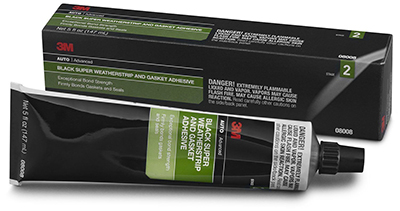
3M Weather Stripping Adhesive
Use the Right Tools
Removing the old weather stripping is a breeze with the right tools. Take extra care when scraping away old material to avoid scratching the paint. Once the original weather stripping and adhesive are removed, clean the area (and the weather stripping) with an alcohol swab to ensure proper adhesion of the replacement product.
There are two common methods of adhesion. For the cleanest install, use a tube of quality weather strip adhesive, like 3M Super Weather Strip and Gasket Adhesive. Or to get the job done faster, go with a roll of high-strength double-sided tape like 3M VHB. Some universal weather strip products are sold with the double-stick tape already applied. Clips may or may not be included with a kit, depending on the application.
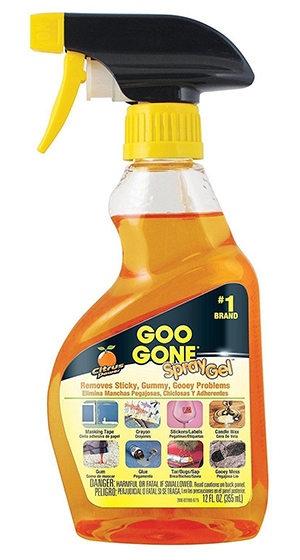
Goo Gone
7 More Weather Stripping Tips
- Use 3M Adhesive Remover to soften the old adhesive and eliminate any residue.
- Plastic scrapers are the best tools to use to scrape off the old rubber and adhesives. Avoid using metal scrapers, which can harm the paint surface.
- Goo Gone can help with cleanup chores after the old weather stripping is removed. Wash the area with soapy water and dry thoroughly.
- Drape the weather stripping over the vehicle (before applying the adhesive) to make sure you have each piece on the correct side.
- Use thin coats of adhesive on the new weather stripping and vehicle. Let the surfaces tack up, then apply another thin coat to the weather stripping before affixing it to the vehicle. This will provide maximum adhesion and minimize cleanup. Masking out the body can also help make the job go more smoothly.
- Clean the new weather stripping after the adhesive has hardened. Take note that some rubber will naturally bleed paraffin, which looks like hardened candle wax. Use a solvent to carefully remove any visible paraffin—although do not use gasoline or kerosene because it will be absorbed by the rubber, reducing its usable life.
- As a final step, wipe the new weather stripping with mild soap and water—and then apply a rubber and vinyl protectant with a damp rag. Spray the protectant on the rag, not on the weather stripping. The protectant will help make sure that your new weather stripping lasts for many seasons to come.

